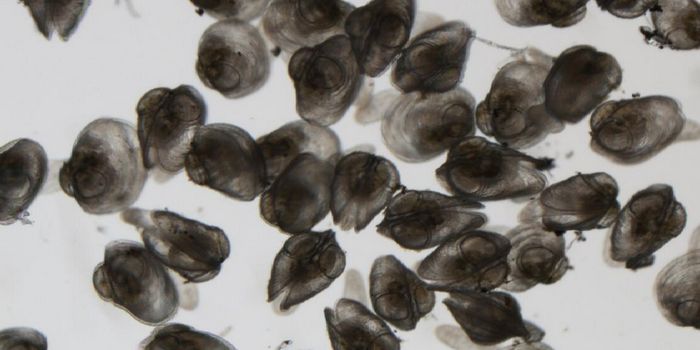Fish Use Sound to Talk to Each Other
Did you know that fish can talk? Well, sort of, anyway.
To be more specific, some fish make sounds that, according to a new study published in Ichthyology and Herpetology, are used in patterns that indicate communication—something they have likely been doing for over 150 million years.
It’s been documented previously that fish do actually create sounds and potentially use them for communication. Like other species, researchers believe the use of sound by fish has been an evolutionary process. However, these sounds have been seen as rarities or outliers. Or, at best, there has been litt focus on how specific species of fish use sound for social communication. Researchers at Cornell University wanted to better understand the nature of fish communication and if they could ascertain any sort of patterns that might indicate if and how fish use sound to communicate.
To answer these questions, researchers gathered data from three different sources of data to analyze sound behavior for ray-finned fish (which make up almost all of the worlds fish species: (1) available recordings of fish sounds as well as papers describing these sounds; (2) fish anatomy, including whether the physical features needed to create sound are even present; and (3) older research that took place before the availability of electronic devices used to measure underwater sound.
Researchers believe their various data points “broadly indicate strong selection to exploit sound production as a behavioral character across vertebrate evolution.” They also believe that soniferous behavior (the act of creating sound) evolved about 33 different times, independently, across different species. Ultimately, researchers concluded that sound produced by some fish was a specific behavior used for communication, rather than just a result of other activity (such as fin motion during swimming).
Studying the acoustics of fish can be beneficial in several ways. Studying sound behavior can give insight into how fish migrate, move, and mate, aiding fishing industries and sustainability efforts.
Sources: Eureka Alert!; Ichthyology and Herpetology; NOAA Fisheries








